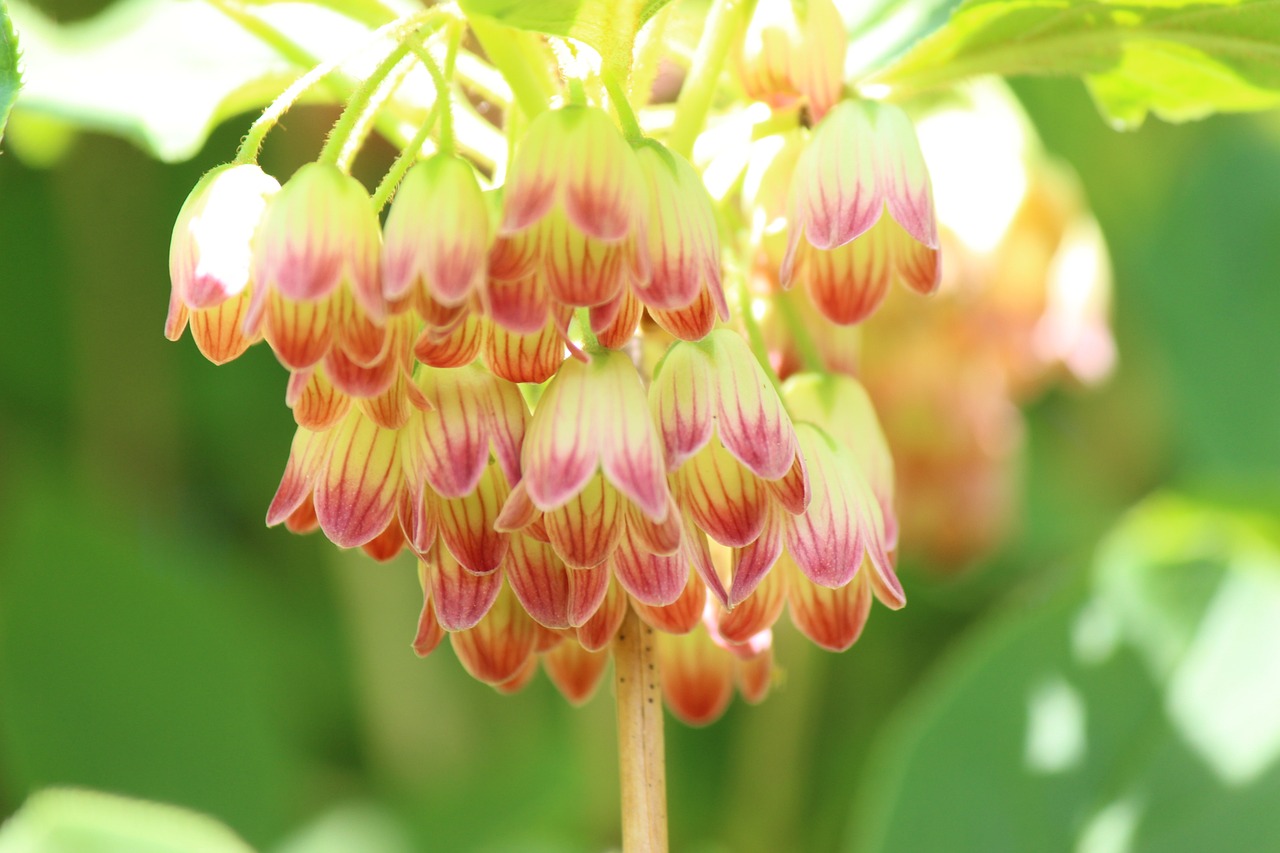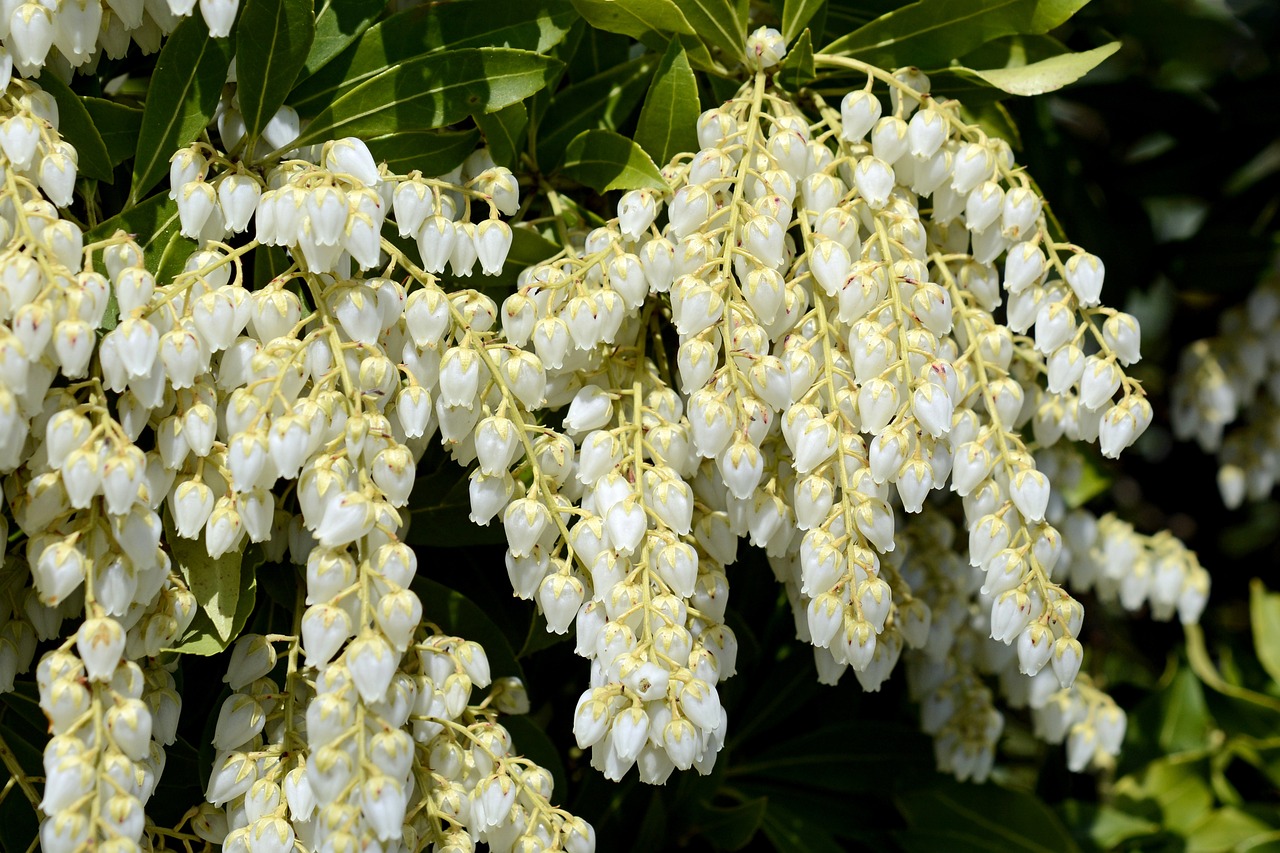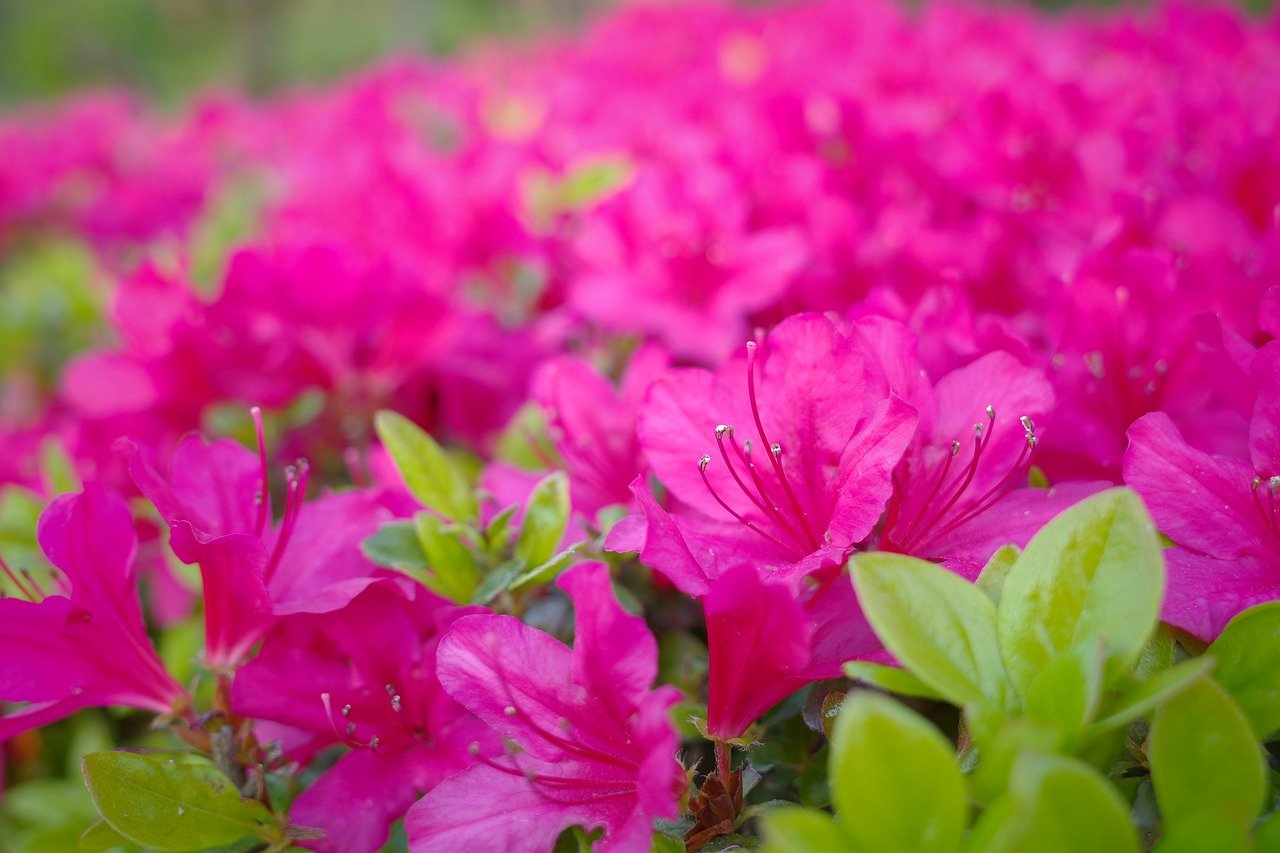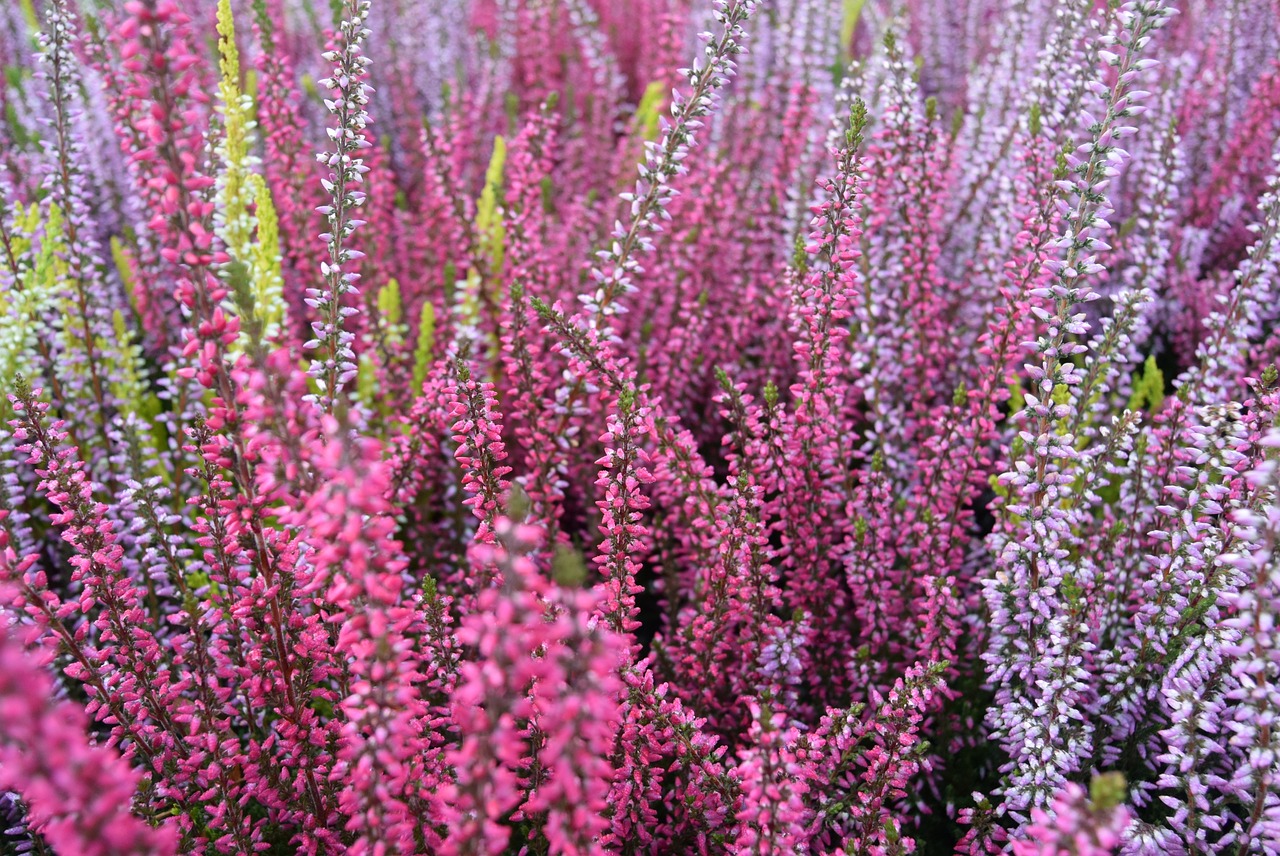Rhododendron hirsutum | Characteristics and Cultivation
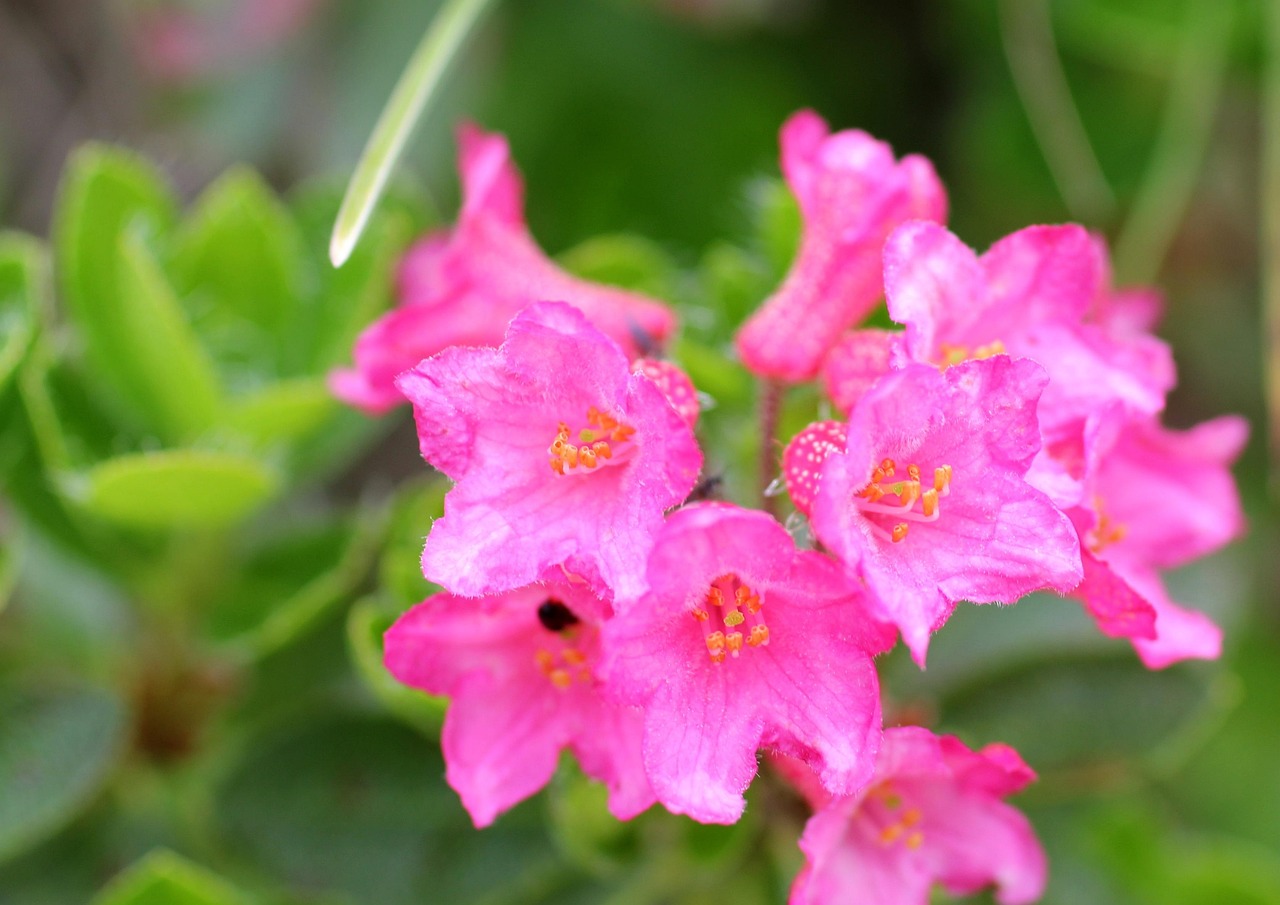
Rhododendron hirsutum is a small species of rhododendron, an evergreen shrub native to alpine regions such as the Alps.
It is characterized by its delicate pink flowers and the fine hairs along the edges of its leaves. The species name hirsutum(“hairy”) derives from this feature.
In this article, I explain in detail the basic information, cultural and historical background, and cultivation methods of Rhododendron hirsutum.
Basic Information
- Scientific Name: Rhododendron hirsutum
- Family: Ericaceae
- Origin: Central and Southern Europe (mainly the Alpine region)
- Appearance: 30–100 cm in height, producing clusters of pale pink to reddish-purple flowers in summer. The leaves are thick, elliptical, and finely haired along the margins. Though evergreen, the plant has a delicate presence, standing out for its alpine beauty.
- Flowering Season: June–July
Cultural Significance
Rhododendron hirsutum is deeply rooted in the mountain culture of Europe, especially in the Alps.
In Switzerland, Austria, and Italy, it is cherished as one of the representative flowers of the summer highlands, delighting hikers and climbers. Its graceful beauty and resilience in harsh natural environments have made it a symbol of endurance and virtue.
In the Alpine regions, it has appeared on tourist posters and stamps, serving as an emblem of regional identity and nature conservation. For many, this flower represents the natural beauty of the Alps and evokes memories of summer in the mountains.
Historical Background
From the 18th to the 19th century, Rhododendron hirsutum played an important role in European botanical studies.
Naturalists exploring the Alps described it as a symbol of alpine beauty, leaving behind numerous botanical illustrations and reports.
Swiss botanists, in particular, took early steps to preserve it as a regional endemic species, and by the late 19th century, it had become a symbol of the alpine plant conservation movement.
It also attracted ecological interest, as natural hybridization with the closely related Rhododendron ferrugineum (also native to the Alps) was observed.
Gardening Advice
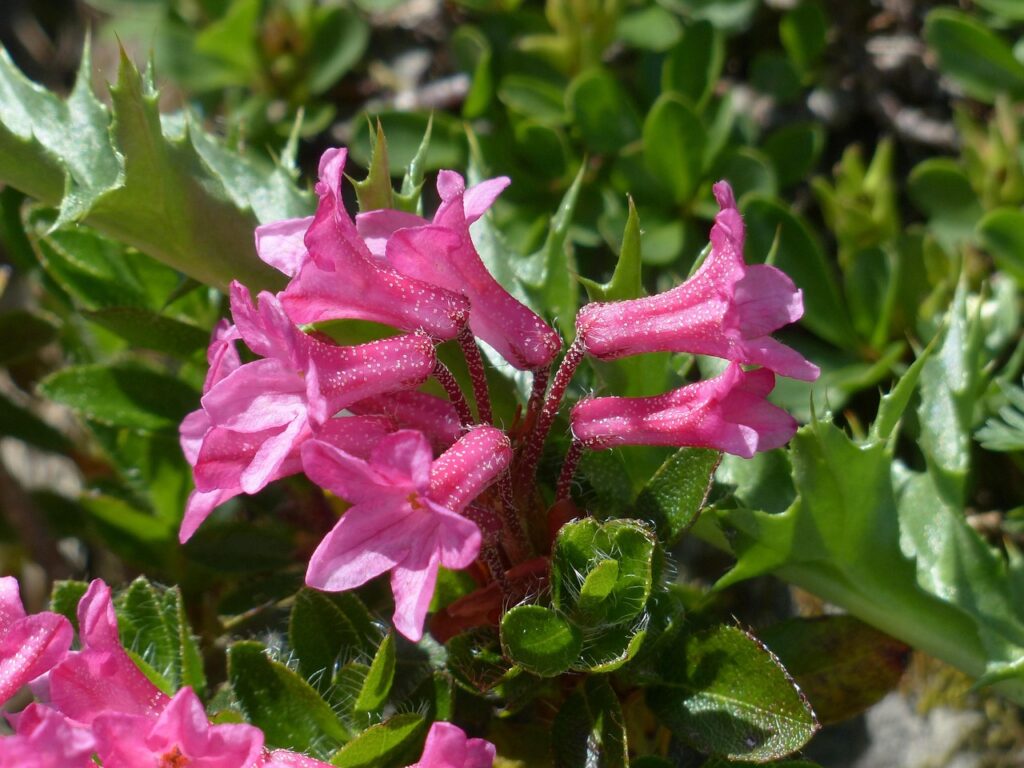
As an alpine plant, Rhododendron hirsutum requires careful management, but with proper conditions, it rewards with beautiful blooms.
Light
Prefers partial shade to bright shade; avoid prolonged direct sunlight.
Watering
Water thoroughly when the surface soil dries. It is sensitive to drought, so check frequently in summer.
Soil
Requires acidic, well-drained soil. Mix peat moss or leaf mold. Avoid alkaline soils.
Fertilizer
Apply an acidic fertilizer suitable for azaleas during the spring growth season. Use sparingly to avoid damaging roots.
Pruning
Light pruning after flowering, removing dead or crowded branches. Heavy pruning is unnecessary.
Cold Hardiness
Hardy in cold climates, but in warmer regions, ensure good ventilation in summer to prevent humidity damage.
Conclusion
Rhododendron hirsutum is an evergreen shrub native to the Alps, distinguished by its pale pink flowers and fine hairs along its leaves.
It is widely recognized as a symbolic summer flower of the European mountains, admired for its delicate yet resilient character.
Valued in 18th–19th century botanical research and in alpine plant conservation movements, it remains a flower that embodies both beauty and endurance.
With proper care, it can be enjoyed for many years as a striking addition to the garden.

